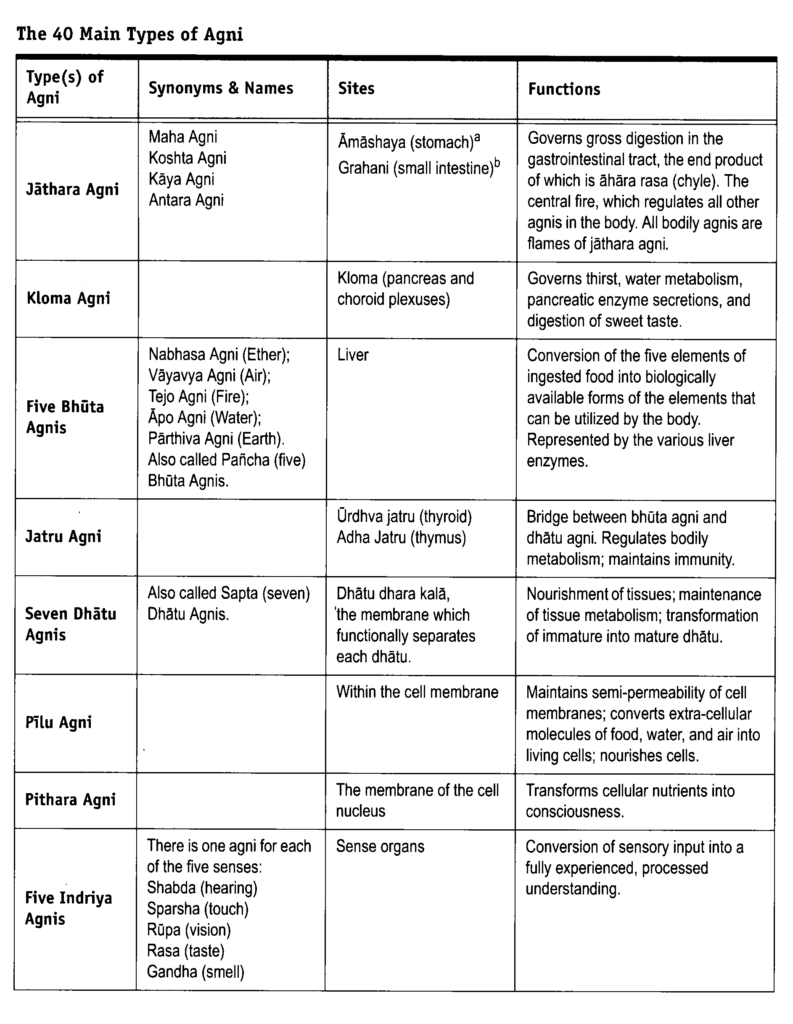
Kali Maheswai Parvathi Shankari
Sharanam Sharanam Sharanam Amma
dhukka vinaashini durga jai jai kaala vinaashini kaali jai jai |
Every time we visit Kalimath as a part of Anaadi’s Himalayan Yatra, the experience is unique and moving. Temples of the Goddess have a unique flavour: colourful yet fiery. In the drama of life, we can get so rigid and aggressive that we hardly get opportunities to melt and become fluid. A few moments of meditation at the Kalimath shrine can melt your heart and your whole being sometimes. Such is Her power and grace! Compassion is not the only emotion she evokes as a Divine Mother! If we need the sakti to counter the negativities of this world, we will need her fierce qualities that pulverize the negative forces. She is the blood thirsty Bhadrakaali who had to be stopped by Shiva and she is also the Mahakali who continuosly showered her blessings upon a Mahatma like Ramakrishna.
Kalimath is located close to Ukhimath and is considered to be one of the Shakti peethas. The unique thing about this temple is that Maa Kali is worshipped in the form of a Sri Yantra. The temple is a small complex with the Sri Yantra at the center (not visible to the worshippers). The Sri Yantra is taken from the ground only on the 8th day of Navarathri and midnight Puja is offered to it.
The Devi Bhagavatam narrates the killing of Raktabhija by Devi. Raktabhija came with a unique boon that a new raktabhija would be born from every drop of his blood that spills on the ground. Raktabhija was severely wounded in the battle that Ambika was fighting with Shumba and Nishumba. With his terrible boon, more and more Raktabhijas emerged from the drops of blood. None other than Kali could handle this. She stuck out her tongue and started licking every drop of blood. It so happened that Raktabhija started multiplying in her stomach. Maa Kali invoked the fire within her and through the shakti of her jataragni she digested Raktabhija and eliminated him. This form who drank the demon’s blood is also called Raktheshwari. After finishing Raktabhija, Maa Kali entered the shrine which we worship at Kalimath today. Ayurveda talks of 40 types of Agni that are responsible for various transformative processes in the body. (Source: Textbook of Ayurveda , Vasant Lad)
palāyanaparāndṛṣṭvā daityānmātṛgaṇārditān | yoddhumabhyāyayau kruddho raktabījo mahāsuraḥ || raktabinduryadā bhūmau patatyasya śarīrataḥ | samutpatati medinyāṃ tatpramāṇo mahāsuraḥ || yuyudhe sa gadāpāṇirindraśaktyā mahāsuraḥ | tataścaindrī svavajreṇa raktabījamatāḍayat || kuliśenāhatasyāśu bahu susrāva śoṇitam | samuttasthustato yodhāstadrapāstatparākramāḥ || yāvantaḥ patitāstasya śarīrādraktabindavaḥ | tāvantaḥ puruṣā jātāḥ stadvīryabalavikramāḥ || te cāpi yuyudhustatra puruṣā rakta sambhavāḥ | samaṃ mātṛbhiratyugraśastrapātātibhīṣaṇaṃ || punaśca vajra pātena kṣata maśya śiro yadā | vavāha raktaṃ puruṣāstato jātāḥ sahasraśaḥ || vaiṣṇavī samare cainaṃ cakreṇābhijaghāna ha | gadayā tāḍayāmāsa aindrī tamasureśvaram || vaiṣṇavī cakrabhinnasya rudhirasrāva sambhavaiḥ | sahasraśo jagadvyāptaṃ tatpramāṇairmahāsuraiḥ || śaktyā jaghāna kaumārī vārāhī ca tathāsinā | māheśvarī triśūlena raktabījaṃ mahāsuram || sa cāpi gadayā daityaḥ sarvā evāhanat pṛthak | mātr̥̄ḥ kopasamāviṣṭo raktabījo mahāsuraḥ || tasyāhatasya bahudhā śaktiśūlādi bhirbhuviḥ | papāta yo vai raktaughastenāsañcataśoஉsurāḥ || taiścāsurāsṛksambhūtairasuraiḥ sakalaṃ jagat | vyāptamāsīttato devā bhayamājagmuruttamam || tān viṣaṇṇā n surān dṛṣṭvā caṇḍikā prāhasatvaram | uvāca kāḷīṃ cāmuṇḍe vistīrṇaṃ vadanaṃ kuru || macchastrapātasambhūtān raktabindūn mahāsurān | raktabindoḥ pratīccha tvaṃ vaktreṇānena veginā || bhakṣayantī cara raṇo tadutpannānmahāsurān | evameṣa kṣayaṃ daityaḥ kṣeṇa rakto gamiṣyati || bhakṣya māṇā stvayā cogrā na cotpatsyanti cāpare | ityuktvā tāṃ tato devī śūlenābhijaghāna tam || mukhena kāḷī jagṛhe raktabījasya śoṇitam | tatoஉsāvājaghānātha gadayā tatra caṇḍikāṃ || na cāsyā vedanāṃ cakre gadāpātoஉlpikāmapi | tasyāhatasya dehāttu bahu susrāva śoṇitam || yatastatastadvaktreṇa cāmuṇḍā sampratīcchati | mukhe samudgatā yeஉsyā raktapātānmahāsurāḥ || tāṃścakhādātha cāmuṇḍā papau tasya ca śoṇitam || devī śūlena vajreṇa bāṇairasibhir ṛṣṭibhiḥ | jaghāna raktabījaṃ taṃ cāmuṇḍā pīta śoṇitam || sa papāta mahīpṛṣṭhe śastrasaṅghasamāhataḥ | nīraktaśca mahīpāla raktabījo mahāsuraḥ || tataste harṣa matulam avāpustridaśā nṛpa | teṣāṃ mātṛgaṇo jāto nanartāsṛṃṅgamadoddhataḥ || svasti śrī mārkaṇḍeya purāṇe sāvarnike manvantare devi mahatmye raktabījavadhonāma aṣṭamodhyāya samāptam || āhuti oṃ jayantī sāṅgāyai saśaktikāyai saparivārāyai savāhanāyai raktākṣyai aṣṭamātṛ sahitāyai mahāhutiṃ samarpayāmi namaḥ svāhā ||


While most devi temples could look simple from the outside, the powerful energy is tangible and perceivable by the tuned Bhakta. Not that is not available to everyone! Our lifestyles have made our instruments (antah and bahya) so limited that we derive only the outermost benefits of our temples. The Shakta tradition or Shaktism looks at everything as fundamentally feminine. She is looked at the powerful, compassionate, all-encompassing and pervasive energy. Everything, animate and inanimate in this universe is attributed to Her and nothing exists or moves without Her. Powerful and significant things are created with Devi’s energies and accessible to all devotees in Her temples. She not only bestows material prosperity but is a Mokshadayini for the one who is prepared enough.
May Maa Kali giver us the eyes to perceive Her in everything we see around and imbibe qualities that can help us operate in this world with compassion, inclusivity and creativity!

Commentaires